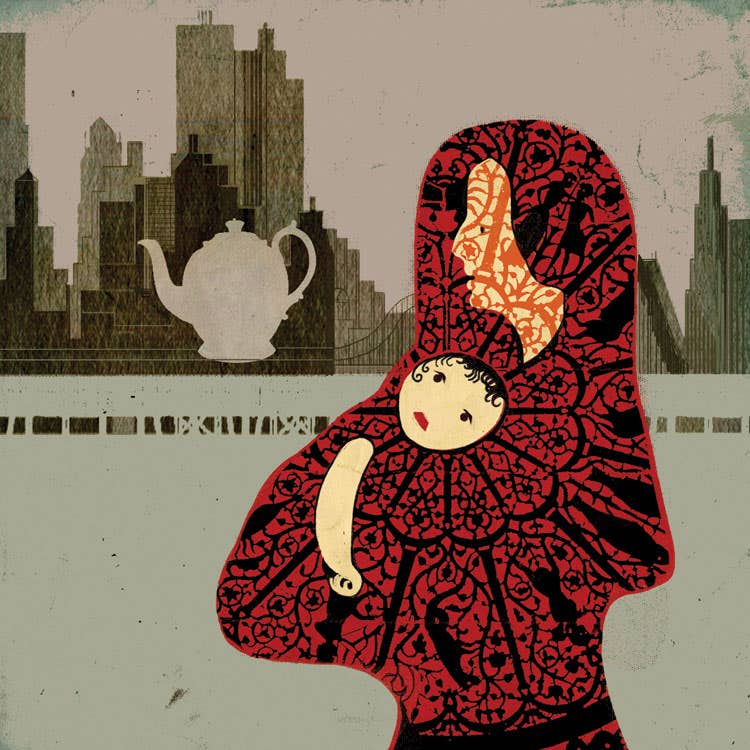
As an American of Iranian descent born and raised in New York City, my childhood simply gestured toward my Iranian heritage—until my cousin Shahnaz moved here with her student husband. Suddenly we were part of a flourishing Iranian community that held weekly parties in crowded apartments. Shab-e-Yalda, the winter solstice, marked the apex of these gatherings. Since ancient times, celebrants have stayed up till dawn, eating and telling stories to keep vigilant against the evil they believed lurks in the dark during the longest night of the year. We followed suit.
When the Iranian Revolution erupted in 1979, the tension embodied in the Yalda ritual came to the fore. That solstice, the adults' conversations were heated, and they relieved their stress by chomping on ajil, a holiday trail mix of salted chickpeas and pistachios, sugar-coated and rose-water-perfumed almonds, dried fruits, and, most notably, pumpkin seeds. They cracked each shell, pulling out the nutty seed using only their teeth.
In the 33 years that have passed, the tension has become a wary ache. Now my daughter dozes on my lap as the adults talk through the Yalda night. We try not to focus on global politics and instead recite Rumi and Hafez poems. Often, a musician among us sings American or Iranian songs. Always, we munch on ajil. None of us have mastered our parents' method of splitting the pumpkin shells, but like them, we wait for those rays of first light, looking forward to a different tomorrow.
Keep Reading
Continue to Next Story










